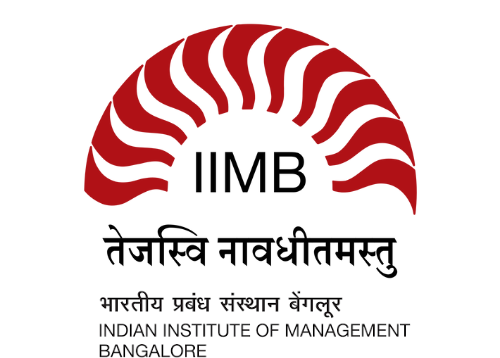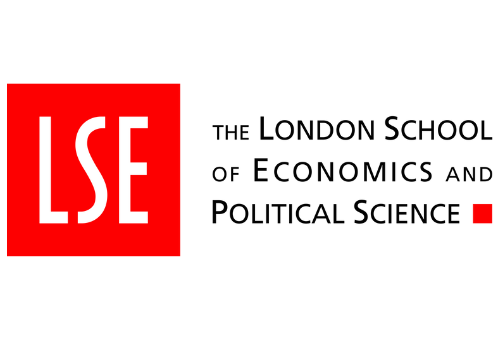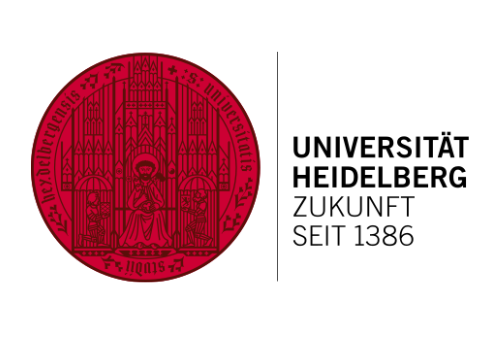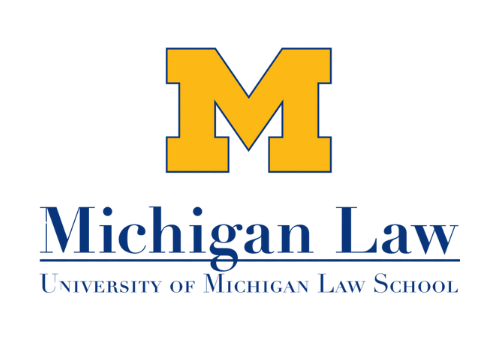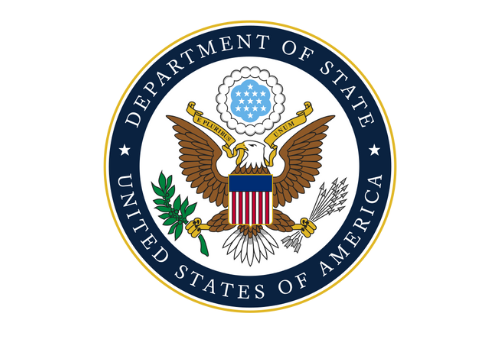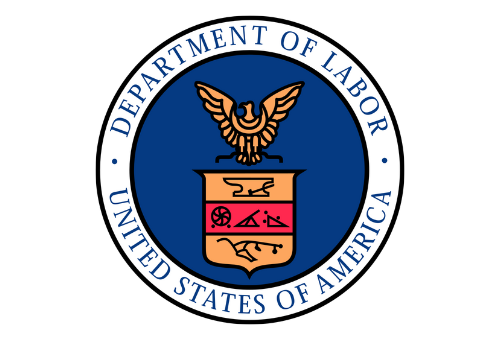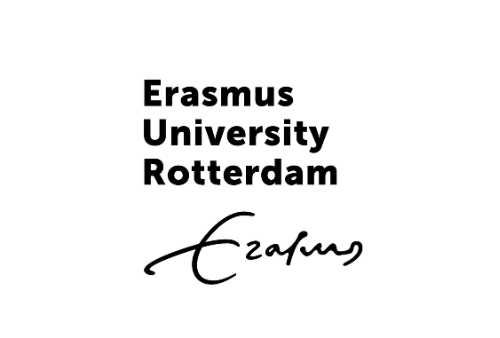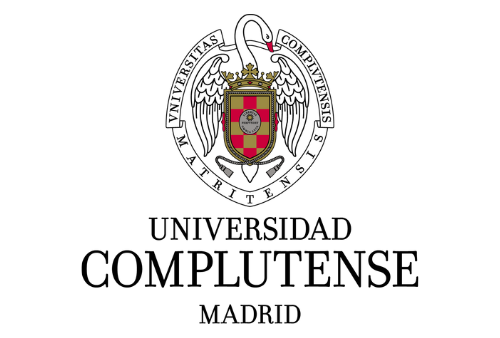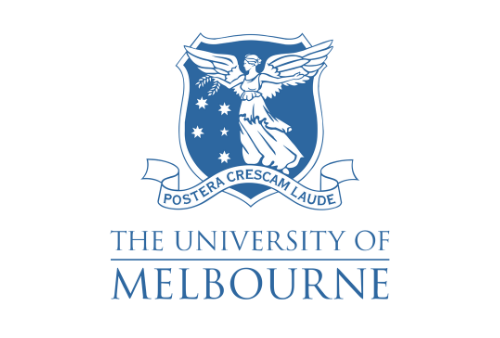INTELLECTUAL PROPERTY THEFT- A NATIONAL SECURITY ISSUE
Panya Sethi, Student, Symbiosis Law School, Noida
ABSTRACT
Theft of intellectual property refers to the unlawful taking of any creative work, concept, trade secret, or sensitive information that is protected by intellectual property laws. Theft of intellectual property (IP) covers a broad spectrum of wrongdoing, from trademark and copyright violations to patent infringement.[1] Intellectual property theft may be devastating to individuals, companies, and governments that have spent years perfecting their work. Theft of intellectual property severely slows economic growth and innovation. The rapid expansion of digital infrastructure and resources has, unfortunately, made it simpler for cybercriminals to steal, copy, and distribute valuable intellectual property. The stakes are higher, and the demand for strict protection and enforcement of intellectual property is expanding as a result. Because the rightful owner of an IPR is able to prevent others from making use of the protected material, such rights are often referred to as “negative rights.” When a party other than the IPR owner or a person authorized by the IPR owner to use the right (a licensee) acts in a way that is inconsistent with the IPR, this is known as an infringement. Intellectual property infringement comes in many forms, and it’s important for lawyers, company owners, and shareholders to understand each one and how they may be prevented. Having a patent on an invention gives the creator the right to prevent others from profiting from their creation without permission. Copyright laws and trademark laws both aim to safeguard creative works against imitation. Protected works can always sue to prohibit others from copying or adapting them without permission. By definition, the holder of an IPR can forbid anybody else from profiting from the protected work without first obtaining the IPR holder’s consent.






